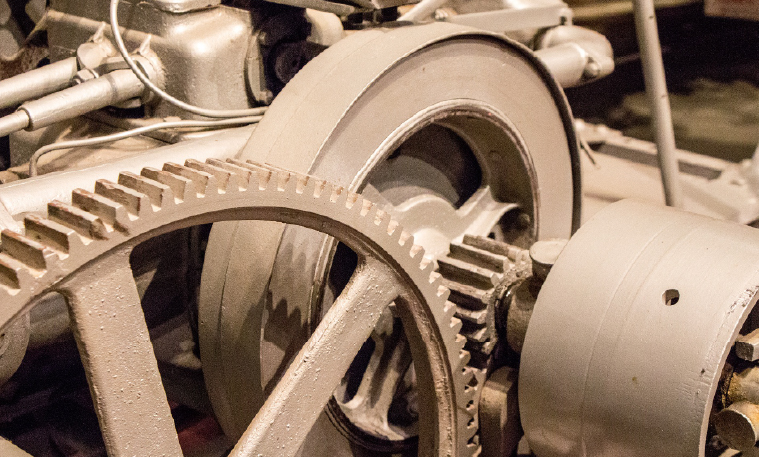Mobile:+86-311-808-126-83
Email:info@ydcastings.com
Exploring the Innovations and Techniques in Aluminium Casting for Modern Foundries and Manufacturing
The Advancements and Importance of Aluminium Casting Foundries
Aluminium casting foundries play a crucial role in modern manufacturing processes, offering a versatile and efficient means to produce a wide range of components for various industries. With the global demand for lightweight and durable materials on the rise, aluminium has emerged as a preferred metal for casting applications. This article explores the significance, processes, and advancements in aluminium casting foundries.
Understanding Aluminium Casting
Aluminium casting refers to the process of pouring molten aluminium into a mold to create specific shapes and components. This method is widely utilized in industries such as automotive, aerospace, construction, and consumer goods, where the strength-to-weight ratio of aluminium is particularly beneficial. Aluminium is not only lightweight, but it also exhibits excellent corrosion resistance, making it suitable for use in diverse environments.
There are several methods of aluminium casting, including sand casting, die casting, permanent mold casting, and investment casting. Each method has its unique advantages and suitable applications. For instance, sand casting is ideal for producing large and complex shapes, while die casting is preferred for high-volume production of intricate components with tight tolerances.
The Importance of Foundries
Aluminium casting foundries are essential in facilitating the production of bespoke components tailored to meet specific industry needs. These foundries possess the required capabilities to adapt designs and produce prototypes quickly, thus reducing time-to-market for new products. Furthermore, they contribute significantly to the local economy by providing jobs and supporting associated industries.
aluminium casting foundry

The role of foundries extends beyond just production; they also engage in research and development to innovate casting techniques and improve material properties. This ongoing development is crucial in keeping pace with the rapid advancements in technology and the increasing demands for performance in various applications.
Advancements in Aluminium Casting Technology
In recent years, aluminium casting foundries have embraced new technologies to enhance production efficiency and product quality. One notable advancement is the adoption of computer-aided design (CAD) and computer-aided manufacturing (CAM) systems. These tools facilitate precise design and optimization of casting processes, leading to reduced waste and improved accuracy.
Additionally, advancements in automation and robotics have streamlined operations within foundries. Automated systems are employed for tasks such as mold preparation, pouring, and finishing, which minimizes human error and increases productivity. Moreover, these technologies contribute to a safer working environment by reducing the risks associated with manual handling.
Sustainability has also become a focal point for aluminium casting foundries. The industry has recognized the importance of minimizing its environmental footprint. Many foundries are now implementing recycling practices, utilizing scrap aluminium to reduce raw material consumption and energy use. Innovations in energy-efficient melting technologies further contribute to sustainability efforts, making aluminium casting a more eco-friendly choice.
Conclusion
Aluminium casting foundries are vital to the manufacturing landscape, providing essential components across various industries. The combination of lightweight properties, versatility, and durability of aluminium makes it an attractive choice for many applications. As technology continues to evolve, foundries are likely to see further improvements in efficiency and sustainability, solidifying their position as key players in the global market. With ongoing innovations and a focus on environmentally responsible practices, aluminium casting foundries are poised to meet the challenges of the future while supporting economic growth and technological advancement.
-
Why Should You Invest in Superior Pump Castings for Your Equipment?NewsJun.09,2025
-
Unlock Performance Potential with Stainless Impellers and Aluminum End CapsNewsJun.09,2025
-
Revolutionize Your Machinery with Superior Cast Iron and Aluminum ComponentsNewsJun.09,2025
-
Revolutionize Fluid Dynamics with Premium Pump ComponentsNewsJun.09,2025
-
Optimizing Industrial Systems with Essential Valve ComponentsNewsJun.09,2025
-
Elevate Grid Efficiency with High-Precision Power CastingsNewsJun.09,2025











